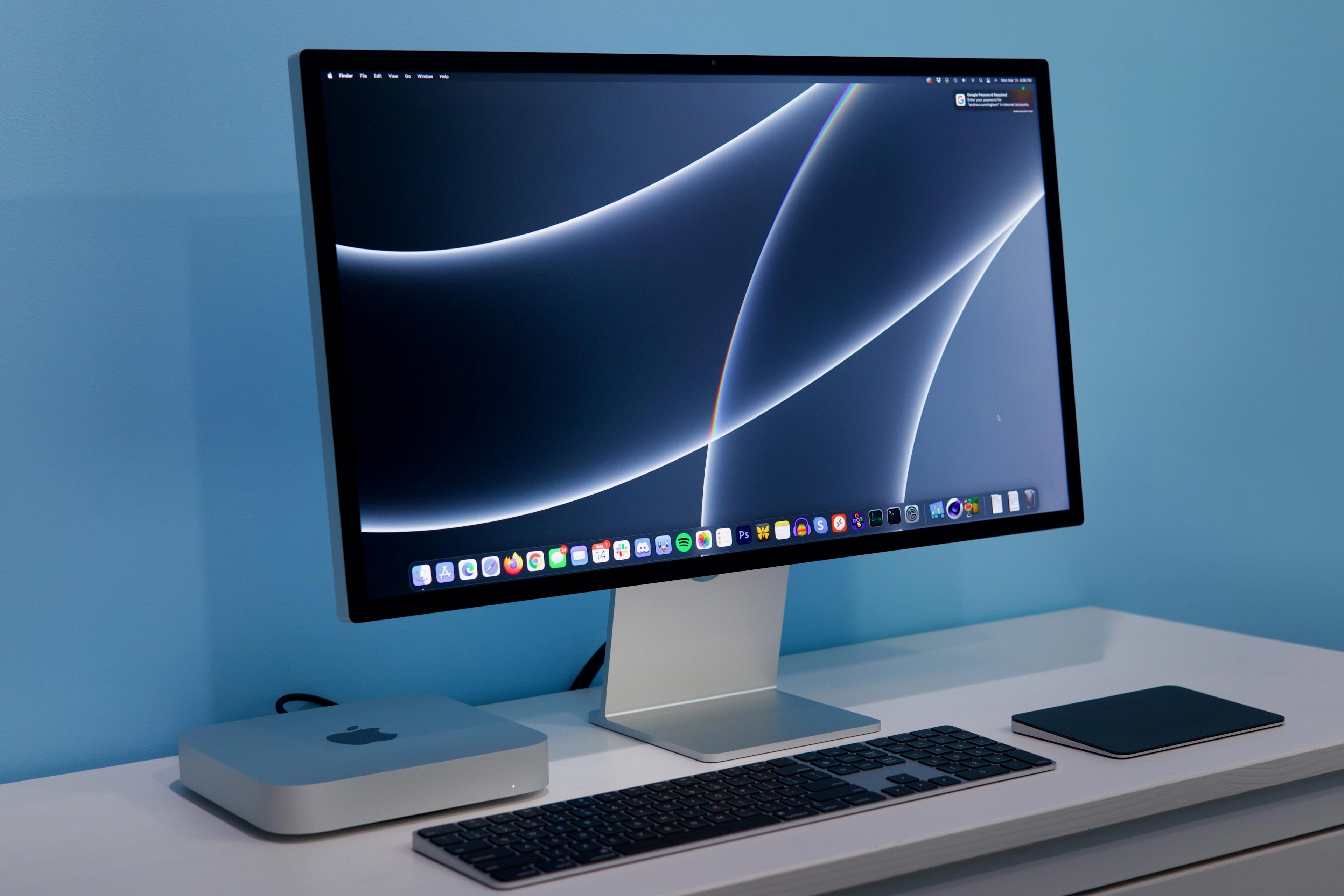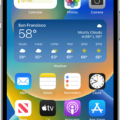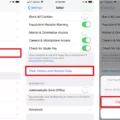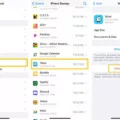The Macbook Air is one of the most popular laptop computers on the market today. Its lightweight design, powerful processor, and long battery life make it ideal for business and personal use. But like any oher computer, it’s important to keep it running smoothly by clearing its cache regularly.
For those unfamiliar with what a cache is, it’s simply a collection of temporary files stored on your computer so that your system can access them quickly. Over time these files can accumulate and slow down your Macbook Air’s performance. Fortunately, there are some easy steps you can take to clear the cache on your Macbook Air and keep it running efficiently.
The first step is to open the Finder window on your Macbook Air. Once you have done this, click the Go menu in the top menu bar followed by Go to Folder. This will open a new window where you can type in ~/Library/Caches and press Enter to access all of the cached files stored on your computer. You can then select all of the items in this folder and delete them with a single click.
It’s also posible to clear cache from individual apps as well as from Safari and Chrome browsers. To do this, simply open each app or browser individually then navigate to its settings menu or preferences panel where you should find an option to clear its cache.
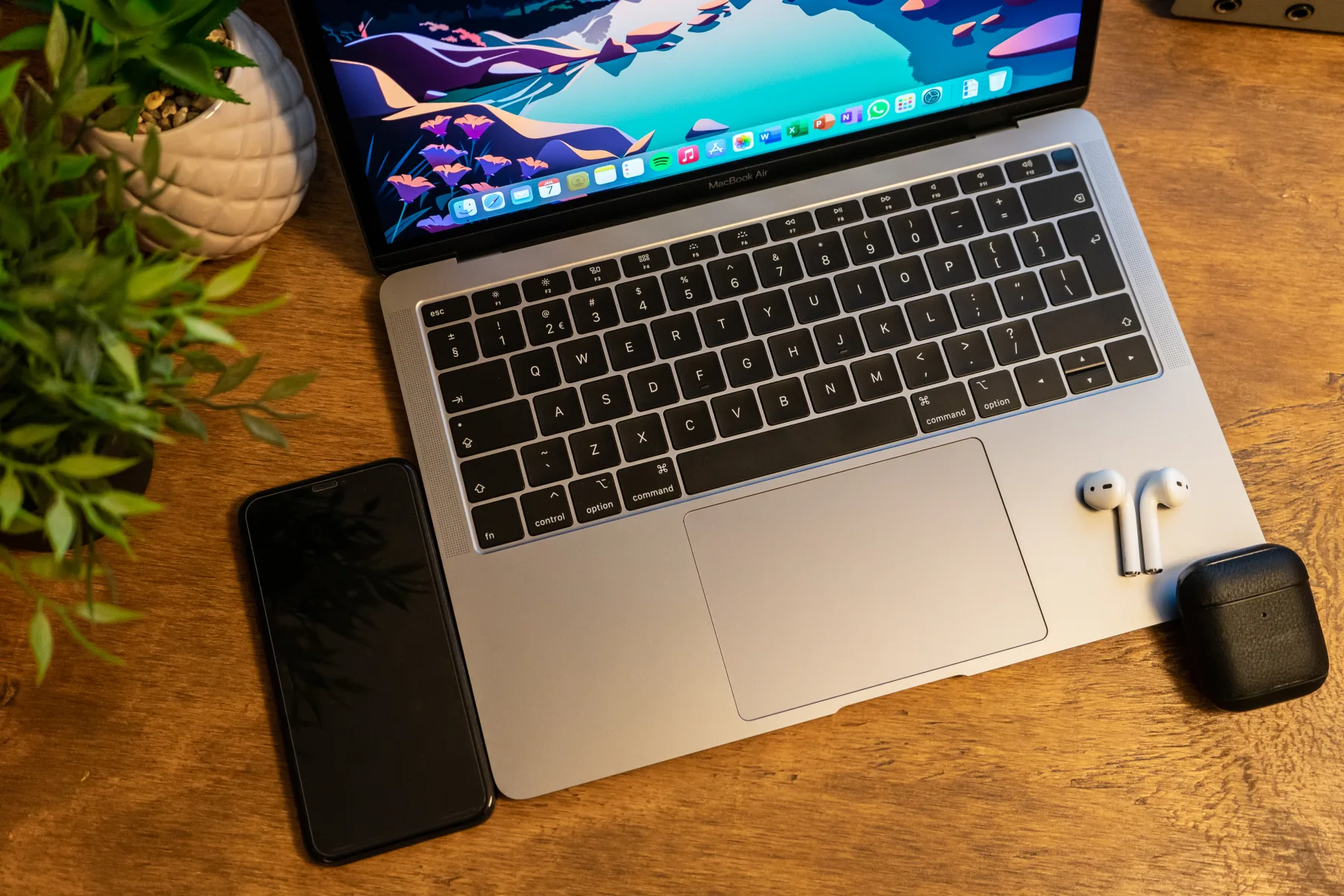
Finally, if you’re looking for a quick way to clear all caches on your Macbook Air at once, then you might want to consider using a third-party cleaning utility such as CleanMyMac X or CCleaner for Mac OS X. These apps will scan your entire system for unnecessary files and give you the option to delete them quickly and easily with just a few clicks.
By following these simple steps you should be able to easily keep your Macbook Air running smoothly without any problems from clogged caches slowing it down.
The Benefits of Clearing the Cache on a Macbook Air
When it comes to clearing the cache on your Macbook Air, it really depends on what type of cache you’re referring to. System caches are created by macOS to help your Mac run smoothly and efficiently, so deleting them can potentially cause issues with your system. However, if you have app caches (temporary data stored by applications) that haven’t been cleared in a while, it can be beneficial to delete them as they can slow down your computer.
It’s important to note that you sould always use a trusted third-party tool or method to clear these caches in order to avoid any potential damage to your system. Additionally, you may want to consider regularly clearing out caches as leaving them unchecked could lead to the accumulation of unwanted data and temporary files over time.
Clearing Cache on Mac Using Shortcuts
The shortcut to clear cache on a Mac is [Shift] + [Command] + [Delete]. This will open a new browser tab with a popup window. In the window, make sure to check the box for “Cached images and files” and then click the button “Clear Browsing Data” beore reloading the website.
Should I Delete All Cache Files on My Mac?
It is generally OK to delete all cache files on your Mac, but it is best to proceed with caution. Depending on your browser, you can delete all the browser caches on your machine. When it comes to system and user (application) caches, it is best to only delete inactive cached files that are no longer needed. There are some system cache files that should not be deleted as they may be necessary for the proper functioning of your Mac. Therefore, it is best to consult a technical expert before deleting any of thse types of files.
Finding Cache on a Mac
To find the Cache tab in Activity Monitor on your Mac, first make sure that Content Caching is enabled. Go to System Preferences and select Sharing, then check that Content Caching is selected. After that, launch Activity Monitor and look for the Cache tab in the window. If it does not appear, quit and reopen Activity Monitor. Once you are viewing the Cache tab, you can view information about cached files on your Mac.
Clearing Cookies and Cache on a Mac
Clearing cookies and cache from your Mac is a relatively simple process. To begin, open your Safari web browser. In the top left corner of your screen, click the ‘History’ menu. At the bottom of this menu, you will see an option to ‘Clear History…’. Click this option and you will be presented with a drop-down menu that allows you to select what timeframe you would like to clear history and cookies from Safari for. Once you have chosen your desired time frame, click the ‘Clear History’ button one last time. This process sould remove all cookies and cached data from your Mac’s web browser.
Emptying the Cache on a Computer
To empty the cache on your computer, you’ll need to open your web browser of choice and access its settings. Most browsers have an option to clear the cache, wich can be found in their Privacy or History settings.
Once you have accessed the Privacy/History settings, look for an option that says “Clear browsing data” or “Clear cache”. Select this option and a window will appear whre you can choose what data to delete. Make sure the checkbox next to ‘Cached images and files’ is selected, then click ‘Clear Data’ at the bottom of the window. Your computer’s cache should now be cleared.
If you’re using Google Chrome, you can access these settings by clicking on the three vertical dots at the top right of your browser window and selecting ‘Settings’, followed by ‘Privacy and Security’ and then ‘Clear browsing data’.
The Impact of Deleting Cache on Mac
When you delete cache on Mac, the temporary media files (e.g. images and text files) that your computer collects from websites you visit are removed. This helps to protect your identity as well as improving the performance of applications on your computer. Clearing your cache periodically is generally recommended in order to keep your computer running well and to maintain a secure online presence.
Does Clearing Cache Delete Passwords?
No, clearing cache does not delete passwords. The cache is a collection of files that stores information about visited websites, such as images and other website elements. When you clear the cache, these files are removed to free up storage space on your device. However, unless you check the checkbox before the ‘Passwords and other sign-in data’ field, your passwords will remain intact.
The Benefits of Clearing Cookies on a Mac
Yes, it is good to clear cookies on a Mac. Doing so can help improve the performance of your device, as it frees up space that can be used for other tasks. Additionally, clearing your cookies regularly can help protect your privacy by eliminating stored data from websites that you have visited. Finally, deleting expired cookies can also help prevent the buildup of clutter on your computer and help keep your browser running smoothly.
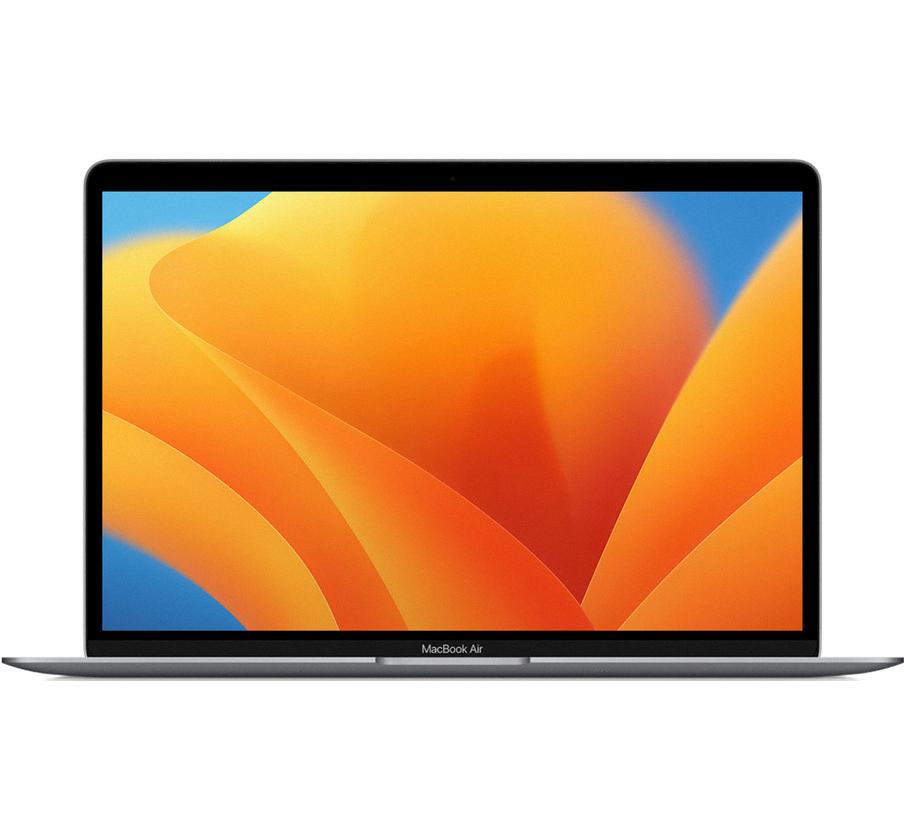
Source: apple.com
Clearing System Storage on a Mac
Clearing system storage on a Mac is a great way to free up space and improve performance. Here are some steps to follow:
1. Check your disk usage: Open the Finder app, select “About This Mac” from the Apple menu, and select “Storage”. Here you can see how much storage is being used by the different categories, such as apps, documents, photos, etc. You can then target specific categories to clear out if needed.
2. Remove unused applications: Go throuh your Applications folder and delete any applications that you don’t use or need anymore. It’s best to drag them to the Trash and empty it afterwards.
3. Empty the Trash: Right-click on the Trash icon in your Dock and select “Empty Trash” to permanently remove tese items from your Mac.
4. Clear temporary files: To clear temporary files, open Finder and select “Go > Go to Folder…” from the menu bar at the top of your screen and type in ~/Library/Caches/. Select all of the folders inside this folder and delete them by right-clicking on each one and selecting “Move to Trash” or by dragging them into the trash bin icon in your Dock.
5. Delete large files: To find large files on your Mac, go back into Finder and select “All My Files” from the sidebar on the left side of your screen. Then sort by size (from largest to smallest) so you can easily identify whch files are taking up most of your disk space. Once identified, you can delete these files manually or use an app like CleanMyMac X that will help you quickly identify large files for deletion or compression if needed.
By following these steps you should be able to significantly reduce system storage on your Mac!
Clearing Cache and Cookies on Mac Safari
The shortcut to clear cache and cookies on Mac Safari is [CMD] + [ALT] + [E]. This shortcut will quickly delete all the stored data from your browser cache, including cookies, website data and cached images. It’s important to note that this does not delete saed passwords or other browsing data. If you want to completely clear your browsing history, you can do so by selecting ‘Clear History’ from the History menu in Safari.
How Often Should I Clear My Cache?
It’s recommended that you clear your cache regularly, at least once every month or two. This will help keep your browser running smoothly and efficiently, as a buildup of cached data can cause it to slow down over time. If you visit a lot of different sites, you should consider clearing your cache more often – perhaps every week or so – to keep performance optimized.
Does Clearing Cache Improve Computer Performance?
Yes, clearing the cache on your Windows 10 computer can help to speed up your system. When programs and the operating system save temporary files to your computer’s cache, it can cause the system to become sluggish or even cause other issues. By regularly clearing the cache, you can free up disk space and potentially improve performance. It’s important to note that clearing the cache won’t always give you a dramatic speed boost, but it can help in certain situations.
The Safety of Deleting Cache Files
Yes, it is generally safe to delete cache files. Cache files are temporary files created by apps to store frequently used data. These files can take up a lot of storage space over time, so deleting them can help free up space on your device. However, it’s important to note that deleting cached files won’t necessarily improve your device’s performance or fix any issues you may be experiencing with an app. It’s also important to note that deleting a cache file will not delete any of your personal data or preferences wthin the app; those will remain intact. In some cases, however, the app may take longer to launch or load content if the cache has been cleared since it will need to reload previously stored data from the server. Therefore, it is generally safe to delete cache files but be aware that this could result in slower performance in some cases.
Conclusion
The Macbook Air is a great choice for those lookig for a lightweight laptop with a long battery life and a sleek design. It has a powerful processor, plenty of RAM, and plenty of storage space. The Retina display is beautiful and allows you to easily view photos and videos with exceptional clarity. The trackpad is smooth and responsive, while the keyboard provides a comfortable typing experience. It also has plenty of ports for connecting external devices. With its long battery life, lightweight design, and great performance, the Macbook Air is an excellent choice for anyone who needs reliable performance on the go.



